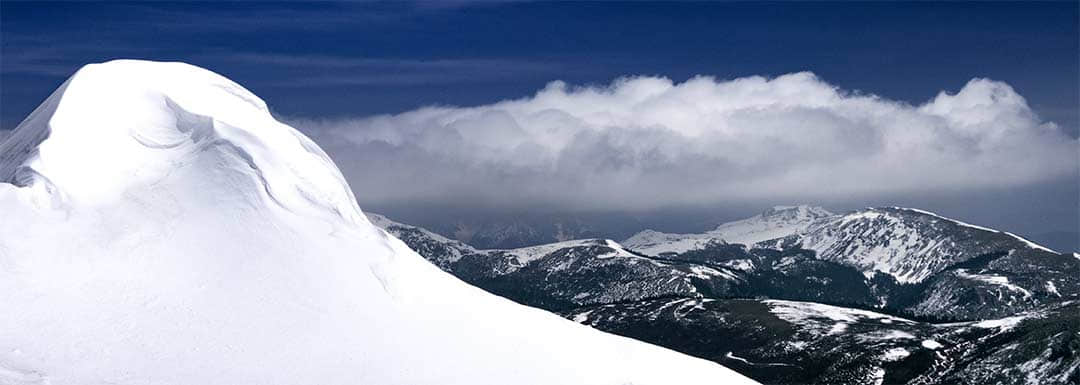Shika Snow Mountain

Shika Snow Mountain Scenic Area is located in the southwest of Jiantang Town, Shangri-La County, on the southeastern edge of the Qinghai-Tibet Plateau, at an altitude of 4,500 meters. A national 5A level tourist attraction, it is 7.34 kilometers away from the county seat. Not only is it the nearest comprehensive tourist attraction from Shangri-La Airport in Diqing Tibetan Autonomous Prefecture, but it is also the only three-dimensional ecological and cultural tourist scenic spot with sightseeing conditions in Diqing Plateau. In the local Tibetan language, Shika Snow Mountain means “mountain with red deer”. Although it is called a snow mountain, there is actually snow only between November and April of each year, and the rest of the time it is bare. In the low places in the mountains, the meadows are dense and the rhododendrons are in full bloom.
- Chinese Name: 石卡雪山 Shí kǎ xuě shān
- Suggested Time: 4-5 hours
- Ticket: 100rmb per person
- Address: Shika Snow Mountain, Diqing Tibetan Autonomous Prefecture, Yunnan Province
- Open Hours: 8.00-18.00
- Best Time to Go: May to October
-
Transportation:
1. Take the shuttle bus at the ancient town car park
2. You can drive there
Highlights of the Snow Mountain
The natural ecological landscape tourism resources of Shika Snow Mountain Scenic Area consist of geological and geomorphological landscapes, vertically distributed snow-capped mountains, lakes, forests, meadow eco-tourism resources, rare animals and plants, and ornamental plants.
Geological and geomorphological landscape
There are many mysterious canyons, icy lakes, meadow streams and gravel caves, as well as various peaks, ‘U’ shaped valleys, impact deltaand ancient glacial landforms.
The scenery in Spring

The top of Shika Mountain is still snowy, but the foot of the mountain has begun to turn into a green carpet in spring. You can appreciate grass and sky, herds of cattle and flocks of sheep. Blue sky, white clouds, snow-capped mountains, meadows, Tibetan houses, smoky tobacco, cattle and sheep, shepherd boys – what is presented in front of you is a wonderful pattern of ‘Heaven and Man’.
The scenery in Summer
The flowers in the scenic area are blooming, and the rhododendrons are everywhere. There are yellow Sikkim primula and Stellera chamaejasme, red variegated primula and Zhongdian hydrangea, blue iris, the green velvet and so on. In July and August, the subalpine meadows will be covered with the genus ligularia and colorful sylvestris. The eclipse lakes grow beautiful ornamental plants, rhubarb. The alpine meadow has become a world of short flowers. From June to August in the Shika Mountain Scenic Area, the meadows are colorful and more attractive.
The scenery in Autumn

The large-scale redwood forest and birch willow forest on the Shika Mountain appear to be dying here in a golden world. It seems that in the harvest season of the year, nature deliberately wants to wear a golden hat on Shika Mountain, and put a red cassock on the Napa meadow to celebrate the harvest of the year and pray for the peace of the coming year.
The scenery in Winter
Snowfall makes Shika Mountain a dream world. Under the blue sky and white clouds, you can see white mountains, white meadows and white houses, and they are telling a beautiful legend that happened on a snowy day. The dynamic nature of the ecological landscape in the Shika Mountain Scenic Area is also reflected in the vertical change of the climate in the mountain, from October to May of the following year, because although Jiantangxia has experienced ‘autumn red, winter white and spring green’ the top of Shika is just covered with thick snow in these eight months.
Drop us a line and we'll connect you with the top China expert in no time!